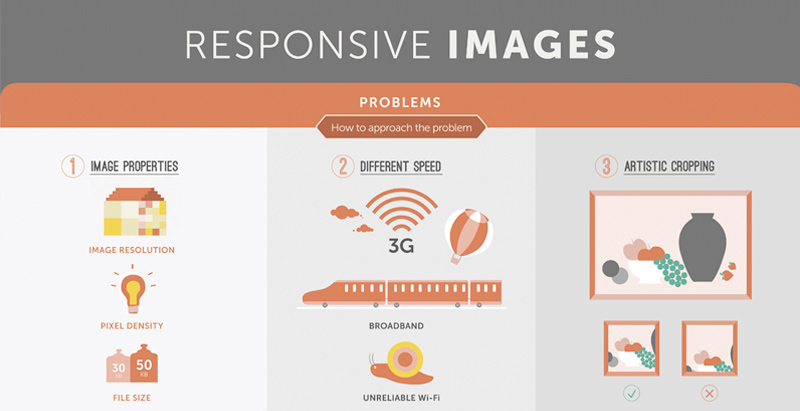Keen To Discover How Internet Site Design Has Changed With Time? Study The Advancement From Simplicity To User-Focused Experiences
Keen To Discover How Internet Site Design Has Changed With Time? Study The Advancement From Simplicity To User-Focused Experiences
Blog Article
Material By-Rasmussen Dalby
In the past, internet sites were straightforward and concentrated on info. Navigation was direct, and style was for desktop computers. Currently, user experience is crucial. Data overviews designs for very easy navigating. Receptive layouts suit different gadgets. Today, dark mode decreases stress, and minimal menus improve navigating. Interactive attributes engage users, and bold visuals stick out. AI assimilation improves engagement. See how style has developed to boost your on the internet trip.
Very Early Days of Website Design
In the very early days of web design, simpleness reigned supreme. Internet sites were fundamental, with limited shades, fonts, and layouts. The emphasis got on giving details instead of fancy visuals. Individuals accessed the internet with slow-moving dial-up connections, so speed and capability were essential.
Navigation food selections were straightforward, generally situated at the top or side of the web page. Sites were designed for home computer, as mobile browsing wasn't yet widespread. Web content was king, and designers prioritized simple readability over intricate design components.
HTML was the main coding language used, and developers needed to work within its constraints. Computer animations and interactive attributes were minimal contrasted to today's standards. Internet sites were fixed, with little vibrant content or personalized individual experiences.
Rise of User-Focused Style
With the development of internet site design, a change towards user-focused style principles has actually become progressively popular. Today, creating internet sites that focus on individual experience is critical for involving visitors and achieving organization objectives. https://effective-email-marketing84051.blogtov.com/6884602/ease-of-access-in-web-design-creating-for-all-customers -focused layout involves comprehending the demands, choices, and habits of your target audience to tailor the website's design, web content, and includes as necessary.
Designers now conduct extensive research, such as individual studies and functionality screening, to collect understandings and responses straight from customers. This data-driven strategy assists in developing instinctive navigation, clear calls-to-action, and aesthetically attractive interfaces that reverberate with visitors. By placing local search engine optimization at the center of the design procedure, internet sites can supply a much more tailored and satisfying experience.
Responsive style has actually likewise emerged as a crucial aspect of user-focused design, ensuring that websites are optimized for different tools and display dimensions. This versatility improves access and use, dealing with the diverse methods users communicate with sites today. Essentially, the increase of user-focused style indicates a shift towards producing digital experiences that focus on the requirements and assumptions of the end individual.
Modern Trends in Web Design
Check out the current trends forming website design today. One prominent fad is dark mode style, using a sleek and modern appearance while lowering eye pressure in low-light settings. Another key pattern is minimal navigating, simplifying menus and boosting user experience by focusing on essential elements. Incorporating micro-interactions, such as animated buttons or scrolling results, can produce an extra interesting and interactive internet site. Receptive design continues to be crucial, making certain smooth user experiences throughout different devices. Furthermore, making use of bold typography and unbalanced designs can add visual passion and accentuate details web content.
Incorporating AI innovation, like chatbots for client support or personalized referrals, enhances customer interaction and improves procedures. Accessibility has also become a substantial trend, with developers prioritizing inclusive design practices to accommodate diverse customer requirements. Welcoming sustainability by optimizing site efficiency for speed and effectiveness is one more arising trend in web design. Teaming up with user feedback and information analytics to iterate and improve style continually is necessary for staying relevant in the ever-evolving electronic landscape. By embracing these modern trends, you can develop a visually attractive, easy to use internet site that resonates with your audience.
Final thought
As you assess the advancement of site design from the early days to now, you can see how user-focused design has become the driving pressure behind modern fads.
Embrace https://emailmarketingtool40627.blog-kids.com/26593120/boost-user-experience-on-your-web-site-by-addressing-sluggish-loading-rates-with-these-5-sensible-techniques of change and adaptation in website design, always keeping the user experience at the forefront.
Remain current with the most recent trends and technologies, and never ever stop advancing your approach to create aesthetically sensational and straightforward sites.
Develop, adapt, and create - https://www.forbes.com/sites/forbesagencycouncil/2020/10/13/10-tips-for-using-pr-to-improve-your-google-seo/ of web design is in your hands.
